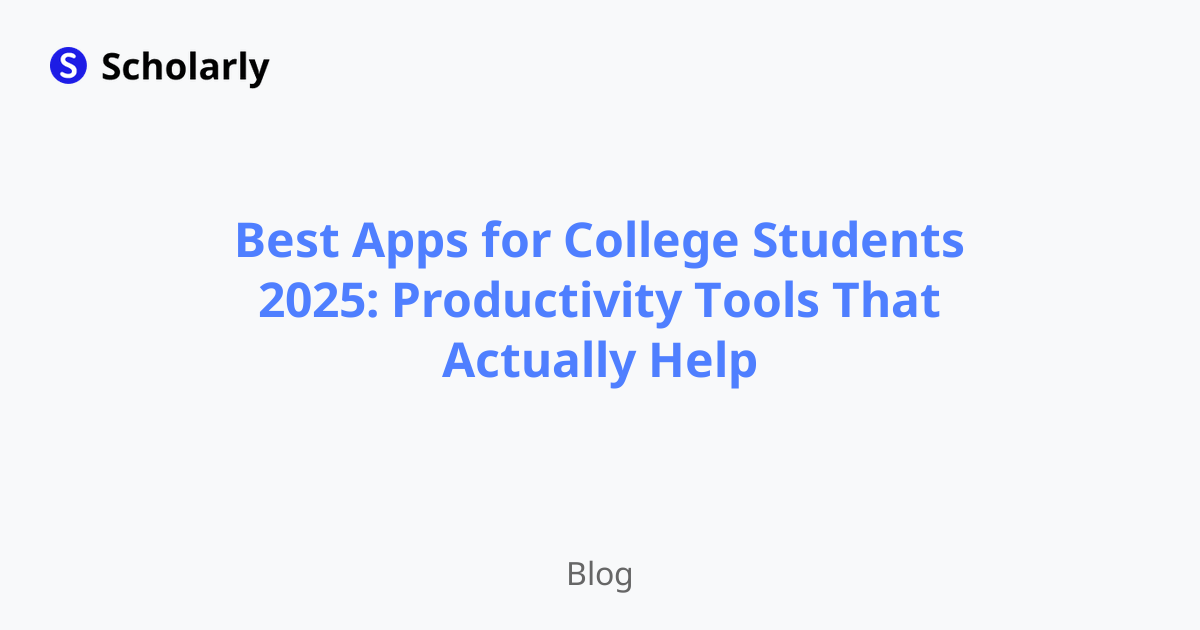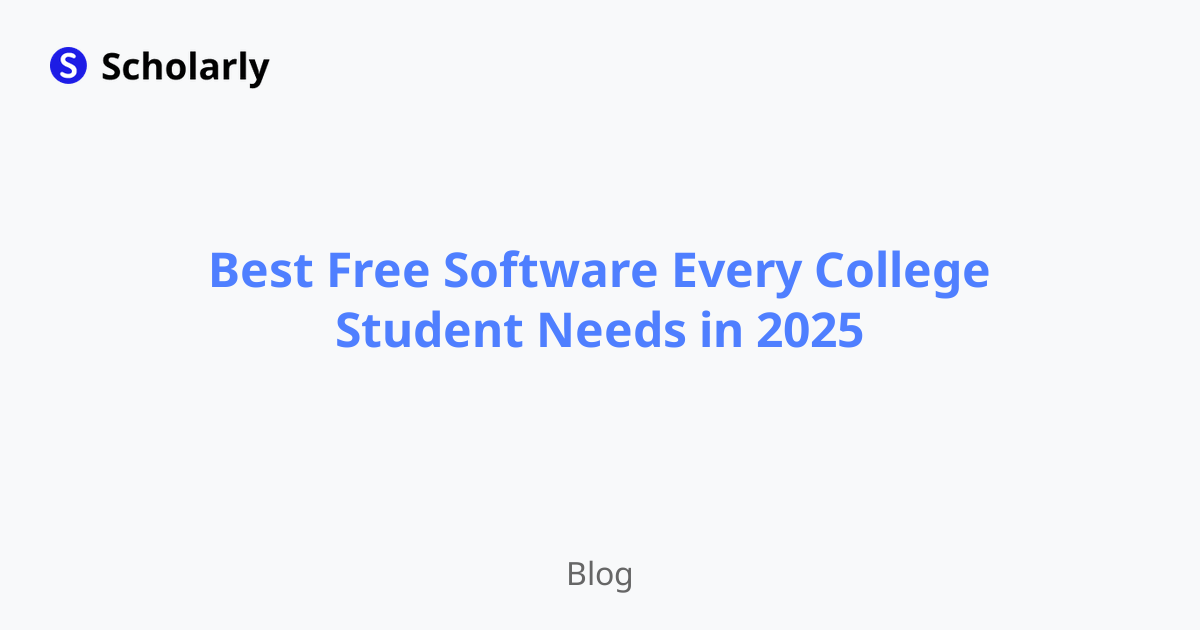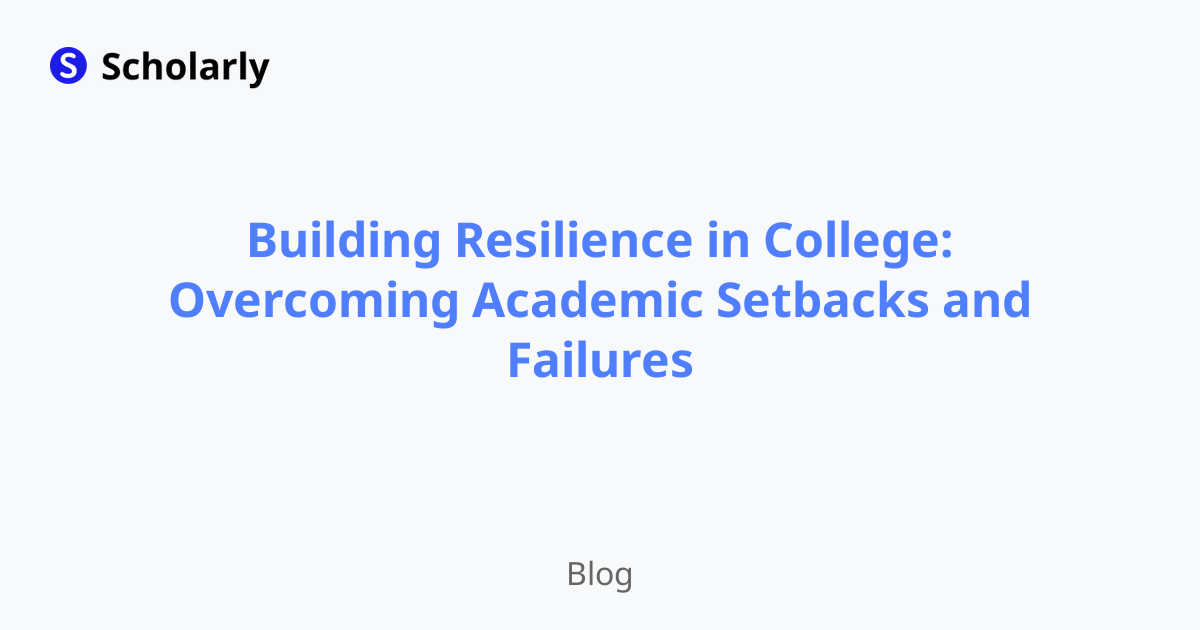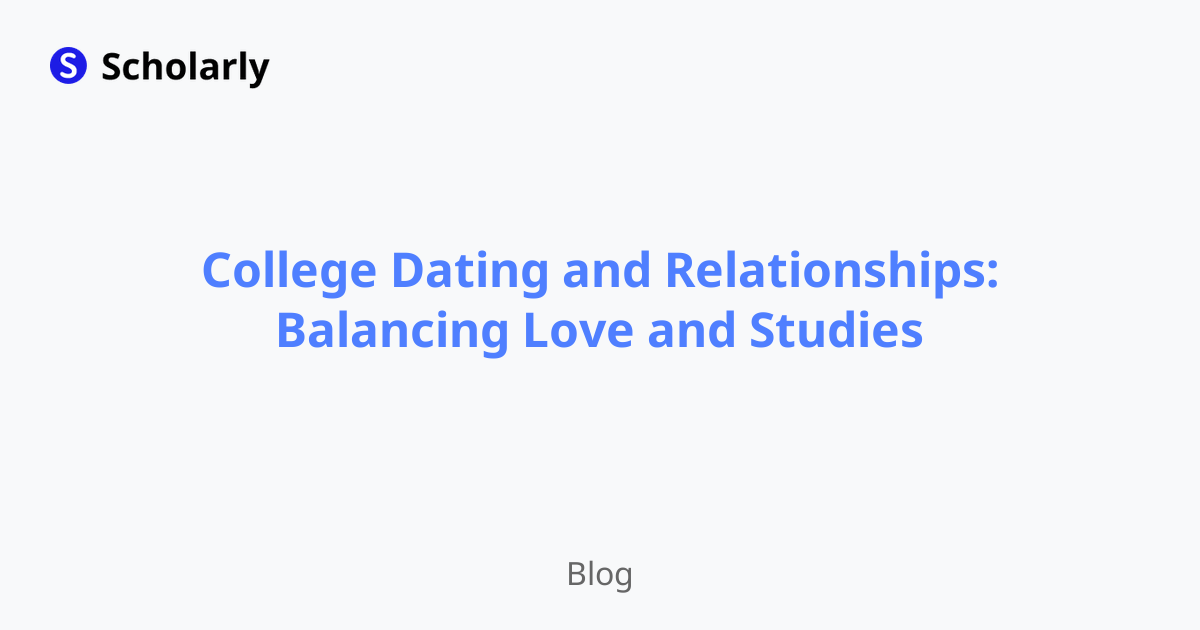Digital Minimalism for Students: Reducing Screen Time to Boost Focus
Reclaim your focus and academic performance through digital minimalism. Learn practical strategies to reduce screen time and create healthier technology habits.
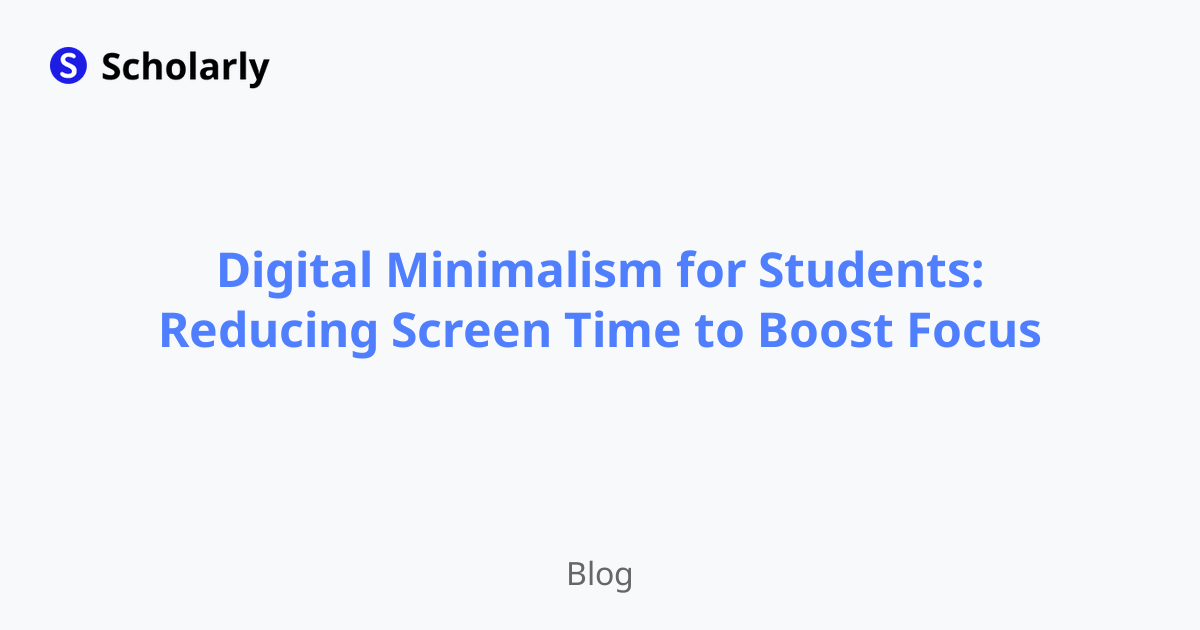
Introduction
College students spend an average of 8-10 hours daily on screens, often fragmenting attention and undermining academic performance. Digital minimalism offers a framework for intentional technology use that enhances rather than detracts from your goals. This guide provides practical strategies for reducing digital distractions, improving focus, and creating a healthier relationship with technology during your college years.
Methods
1. Digital Audit and Awareness
Screen Time Analysis:
- Use built-in screen time tracking (iOS Screen Time, Android Digital Wellbeing)
- Identify your most time-consuming apps and websites
- Track when and why you reach for devices throughout the day
- Calculate time spent on productive vs. entertainment activities
Attention Tracking:
- Notice how often you check your phone during study sessions
- Identify triggers that lead to digital distraction
- Assess impact of multitasking on comprehension and retention
- Recognize signs of digital fatigue and overwhelm
2. Environmental Design
Phone-Free Zones:
- Keep phones out of bedrooms for better sleep
- Create phone-free study spaces
- Use physical alarm clocks instead of phone alarms
- Establish device-free meal times
App Management:
- Remove social media apps from phones
- Use website blockers during study hours
- Turn off non-essential notifications
- Organize remaining apps into folders to reduce visual clutter
3. Intentional Usage Strategies
Batched Communication:
- Check messages and social media at designated times
- Respond to communications in batches rather than immediately
- Set specific times for entertainment and social media consumption
- Use "Do Not Disturb" modes during focus time
Purposeful Consumption:
- Curate social media feeds to include only valuable content
- Unsubscribe from unnecessary email lists and notifications
- Choose quality content over quantity
- Set specific goals for technology use sessions
4. Alternative Activities
Analog Alternatives:
- Use physical books and notebooks when possible
- Practice handwriting for better retention and creativity
- Engage in face-to-face social interactions
- Pursue hobbies that don't require screens
Mindfulness Practices:
- Practice meditation without apps or guided audio
- Take walks without podcasts or music
- Eat meals without entertainment or distraction
- Practice being present in conversations without device interruptions
Benefits
- Improved Focus: Reduced digital distractions lead to deeper concentration and better academic performance
- Better Sleep Quality: Less screen time, especially before bed, improves sleep quantity and quality
- Enhanced Creativity: Mental space from constant stimulation allows for original thinking and problem-solving
- Stronger Relationships: Present, undistracted interactions improve social connections and communication skills
- Reduced Anxiety: Less exposure to social media comparison and information overload decreases stress levels
Challenges
- Social Pressure: Friends and classmates may not understand or support digital minimalism efforts
- Academic Requirements: Many courses require significant technology use for assignments and communication
- FOMO (Fear of Missing Out): Worry about missing important information or social connections
- Habitual Behavior: Breaking ingrained technology habits requires sustained effort and conscious choice
- Entertainment Void: Need to find alternative activities to fill time previously spent on devices
Conclusion
Digital minimalism isn't about rejecting technology entirely—it's about using it intentionally to support your goals and well-being. Start small with one or two changes, be patient with the adjustment process, and remember that the goal is creating space for what matters most in your college experience and beyond.
Try Our Popular AI Study Tools
Transform your study materials into interactive learning experiences with our most popular AI-powered tools:
PDF to Flashcards
Convert lecture notes and textbooks into study flashcards instantly
Text to Flashcards
Turn any text or notes into comprehensive flashcard sets
Image to Flashcards
Convert diagrams and handwritten notes into digital flashcards
YouTube to Flashcards
Generate flashcards from educational video content

